This article is about how I personally found my niche as a crochet designer, not about how you can do it. For that, please check out this separate article.

Happy news – I finally found my niche
I’ve finally found my niche as a crochet designer!
I’m pretty sure you know by now that in order to have a successful online business, including a crochet design business, you’re supposed to find a niche and get really good at it, so that people know you as “the person/company that does X really well” and then they can go directly to you when they need anything relating to that specific thing.
Well, “supposed to” is a bit of a stretch, but you should if you want to grow sustainably and with a specific purpose. Once you have your niche, you can start exploring it and developing it and expanding into adjacent niches.
But you need to start somewhere.
As an autistic designer with ADHD too, it is pretty difficult for me to ever choose a niche for myself.
I just love everything about crochet (and other fiber arts, including knitting, sewing, spinning, weaving, embroidery…) and want to learn all the techniques and want to create all sorts of projects that are useful around the house, as gifts for others, as toys for my nieces, nephews and niblings (courtesy of Khadija, this last term).


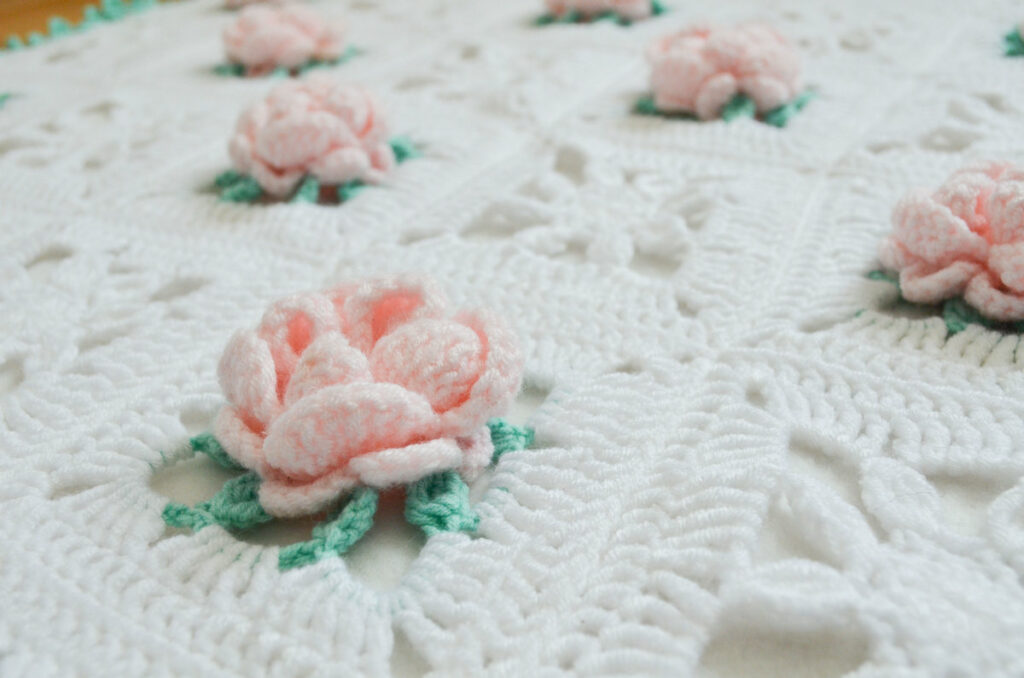


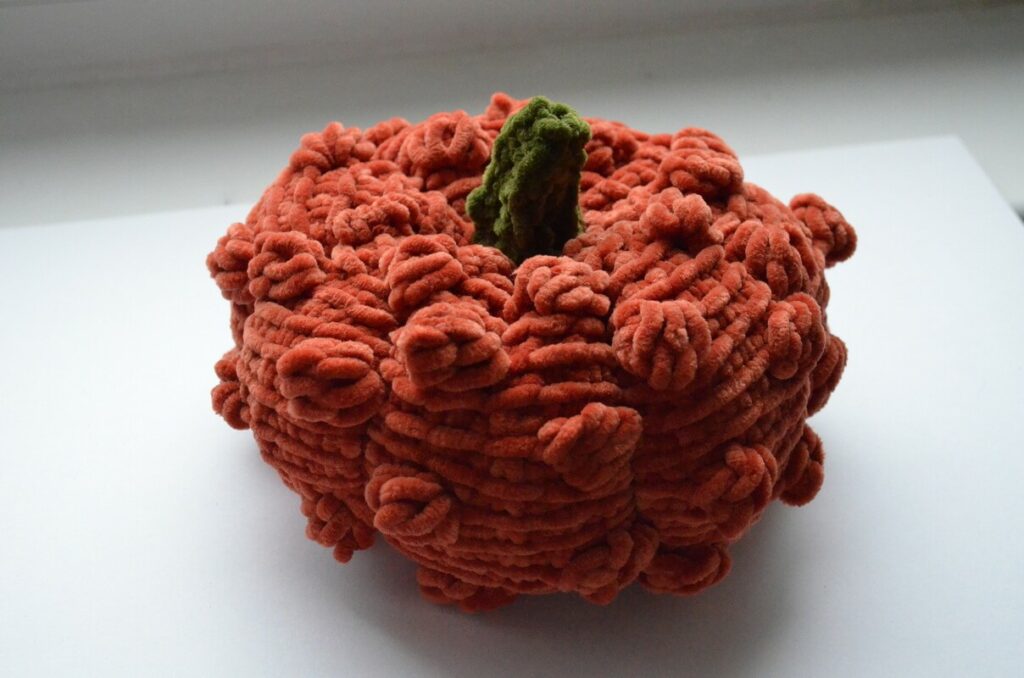
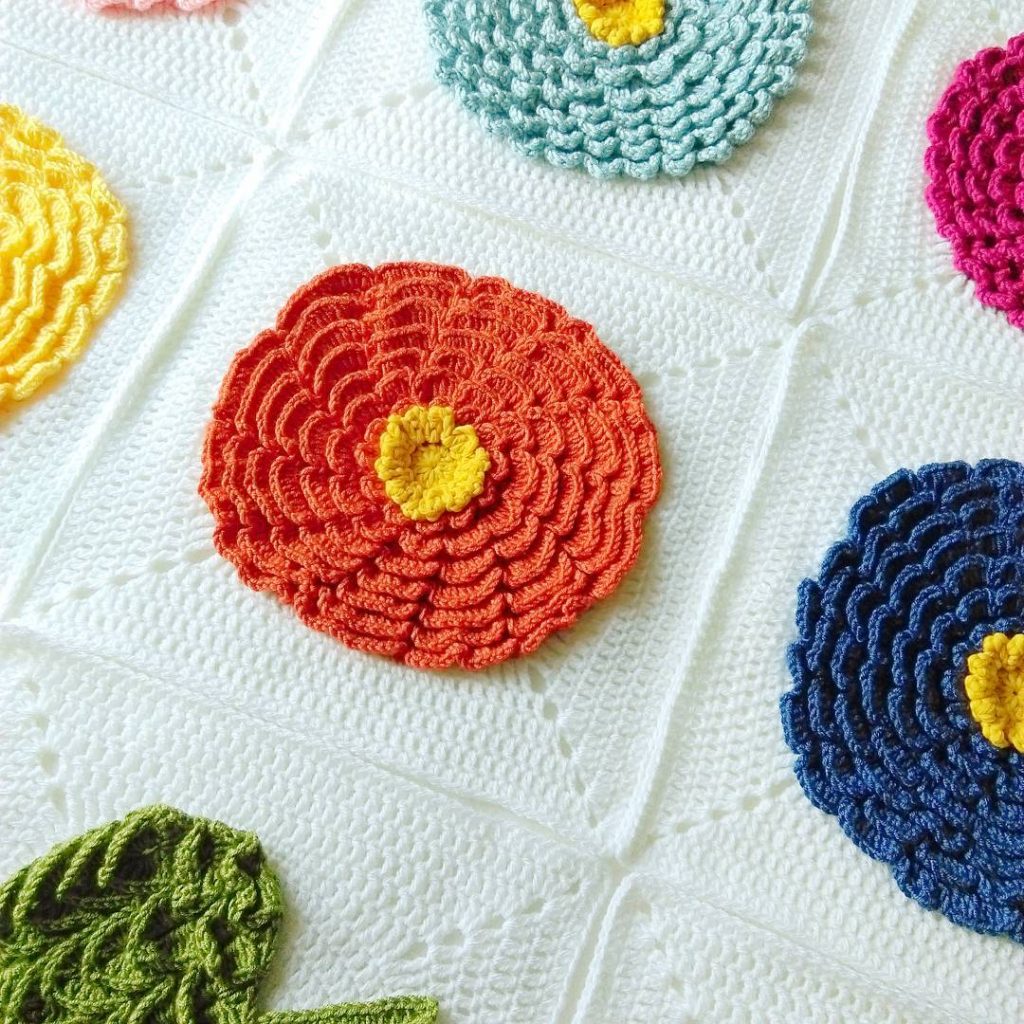
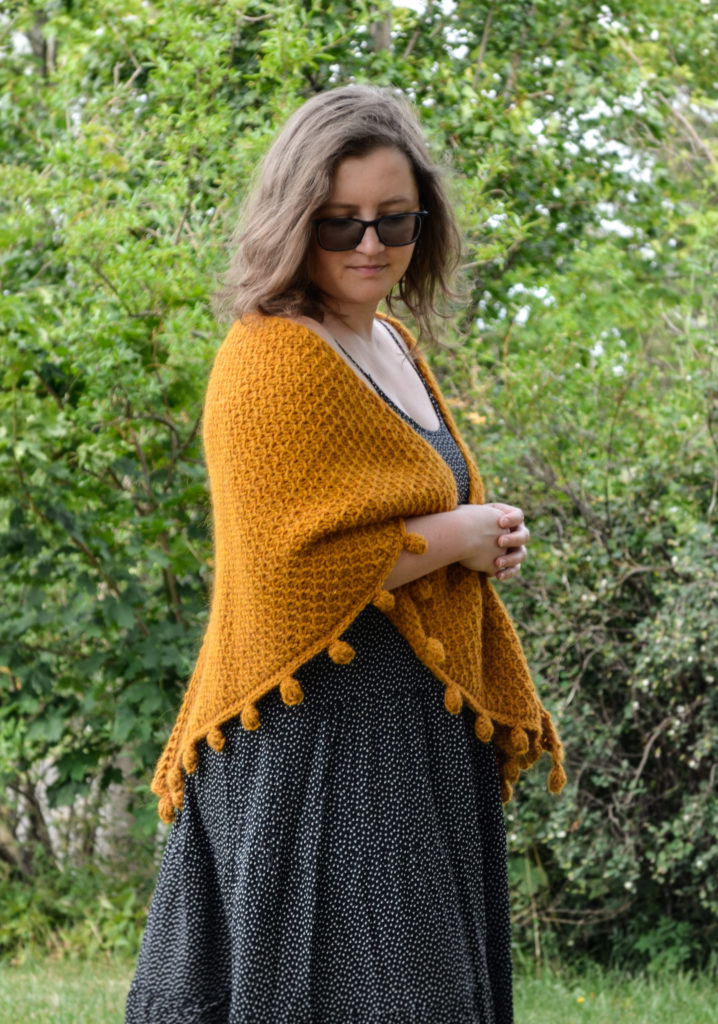
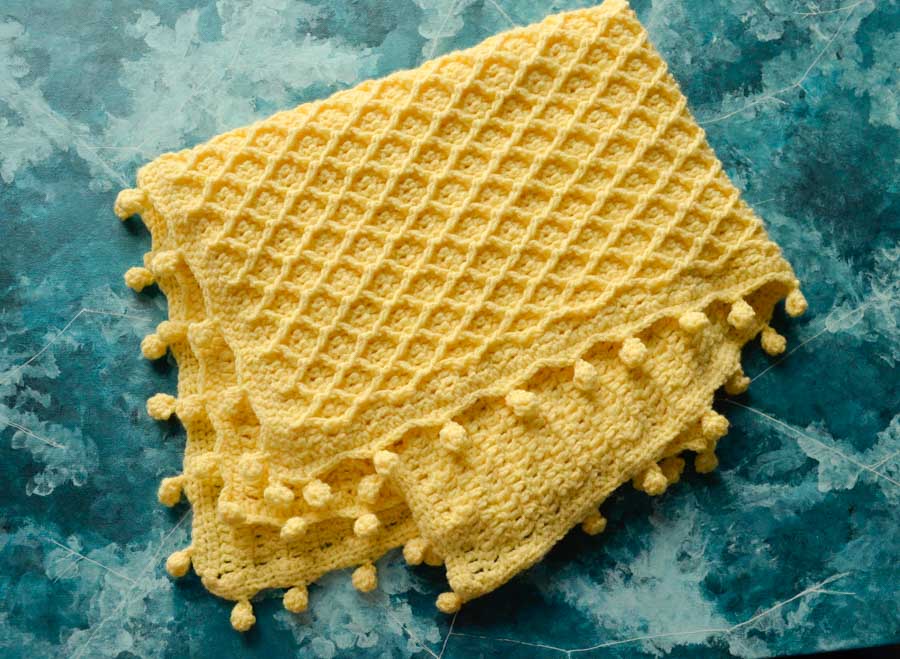
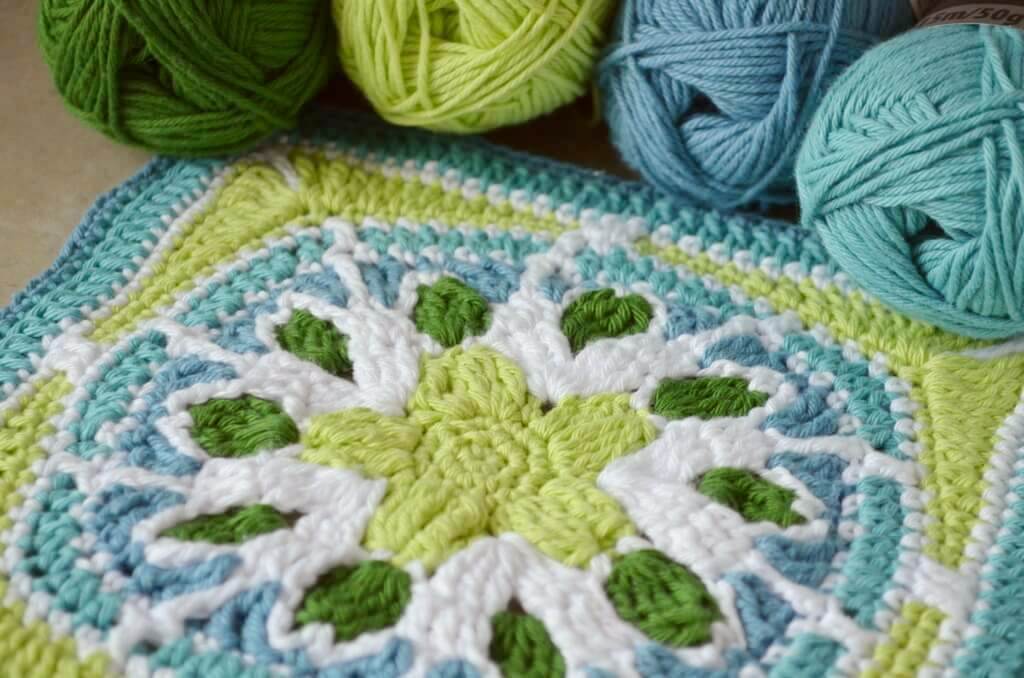
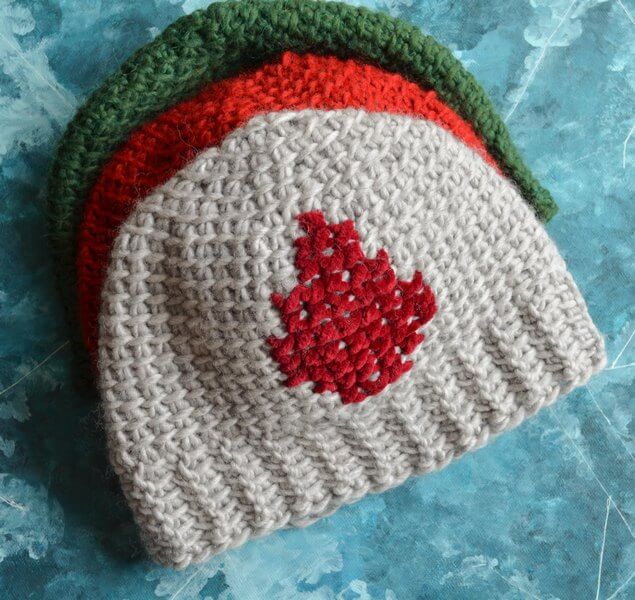
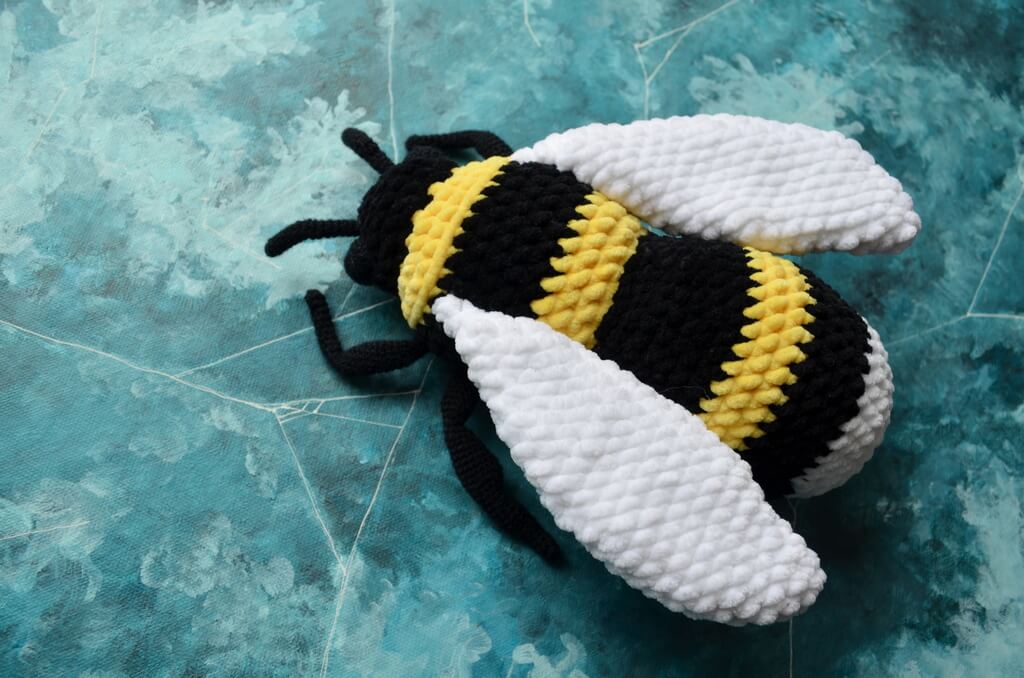


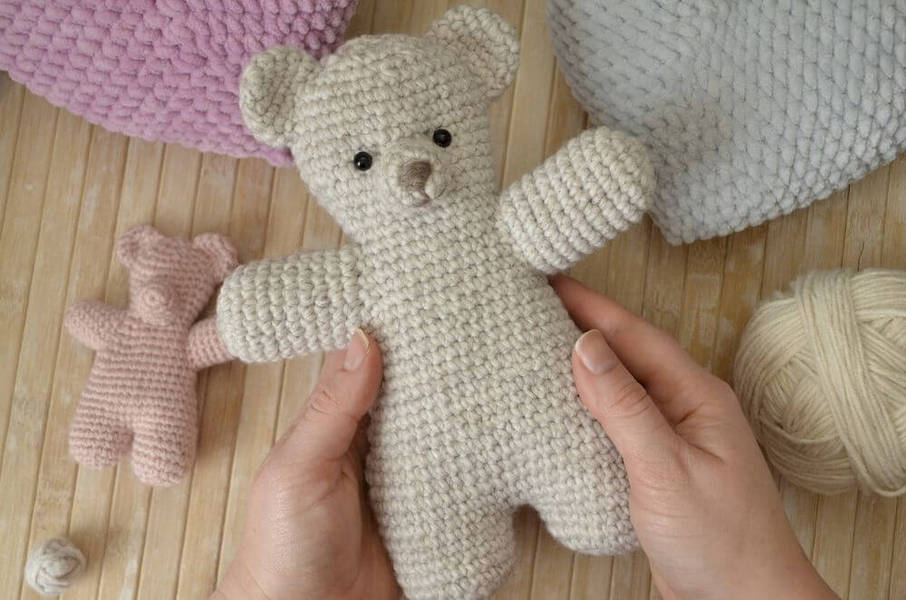
There are so many things to make and so many techniques to learn and develop, so many yarn types and so many kinds of projects, I could never choose one thing.
As you can see from the gallery above, I can’t just choose one thing to make. I make them all.
I have tried, trust me, but every time I see something new on social media or even when I just do my research for the patterns I’m actively developing, I find things that I *must* try, regardless of the fact that I already have so many WIPs that I can’t even count them (I’m actually working on a solution for that in the new studio, keep an eye out for that article).
I love learning, and solving problems is the most satisfying thing in making patterns for me.
So how do I reconcile this need to *make all the things* with the fact that I should niche down in order to serve my audience with the things they need, rather than a soup made up of everything?
I can’t realistically do that, can I?
How I found my niche as a crochet designer
Turns out that there’s another way to niche down, not just by choosing to mainly make patterns for chunky home decor or winter beanies (which are completely valid niches, don’t get me wrong).
I could niche down with regards to the way I serve my audience. I can be the one with excellent customer service, who answers all questions that people ask, regardless of how repetitive they might seem to an experienced designer, regardless of how obvious the answers.
I know that not everything is obvious to everyone and that we all need someone to help us pass through difficult phases, to untangle complicated instructions, to put into images written words that sometimes are not easy to imagine.
I love this kind of work and it’s what’s drawn me to this craft in the first place.
Figuring things out and mixing them up, showing people easier ways to do things that others explain in complicated steps, making patterns accessible to people all over the world, of various abilities and to people with various disabilities.
As an autistic person, I know that in the current society I’m disabled. I can’t have a decent interaction with a group of people unless I either mask heavily or already know all of them well enough that they’ll accept my salty jokes and “odd” way of looking at things.
All my life I’ve had to explain things to people in multiple ways, to reach them where they’re at (because I like explaining how things work, I guess you could call that my way of infodumping).
I love coming up with these alternative ways and it brings me a lot of joy to see the moment that things “click” inside the mind of the person I’m explaining things to. It’s such a satisfying thing to know that you made that click happen…
So I guess this is one of my strengths in this arena. There’s the niche: very well explained patterns that leave nothing uncovered and that are revised and updated as needed (testers are essential here).
How does having a niche impact my work as a crochet designer?
I’ve been doing this for a while now, so there’s no actual change that will happen.
I will continue to do my best to provide people with patterns they love and can understand, regardless of how society views their abilities or disabilities. Crochet is a very personal and joyful activity that I want to share with the whole world.
I also try to provide charts with most of my patterns, especially if a chart makes it easy for anyone to follow the pattern, even if they have no way to follow along with the words.
I make videos for the pattern repeats so that the people who can’t follow words or charts can still use my patterns (and I add closed captions to those so that anyone can follow along with what I explain in the videos). I upload left-handed versions of most of my videos for left-handed people who like to craft.
I have also started to make low vision versions for my patterns and my plan is that I should publish every pattern from now on with a low vision version, while also updating at least one old pattern for each pattern that I publish.
Yes, I know Ravelry is inaccessible to some people, which is why I wrote an article on how to customize the way it appears in your browser so you don’t get migraines from it like I do.
This way, in a while I’ll be able to present my whole portfolio in low vision files. The videos also help with low vision users, as I narrate everything I do, so they can follow along with the spoken instructions as well.
I don’t yet have screen-reader friendly patterns, as I’d need to work with a crafter who uses a screen reader, so I first need to find and befriend one in order to start a collaboration, but it will maybe happen in the near future.
I would also like to spend more time on developing patterns for stim toys and other patterns for people who need particular designs, such as wheelchair-compatible accessories and other things that I’m not yet aware of (always learning!).
It looks like I’ve been building the skillset necessary for thriving in this niche for a very long time, as I am in the group I wish to serve.
I need to make:
- simple patterns that are easy to follow and to remember,
- things that build upon themselves,
- things that can be explained in words, as well as in diagrams,
- patterns that help lower stress instead of increase it,
- patterns that lead to flow states or what I now know is hyperfocus (which is an autism/ADHD “superpower” that many people like to call a “problem” while actively trying to find ways to emulate).
It took a few years of designing and of interacting with people in both the crafting communities and the various disability communities for this idea to crystallize in my brain. It only clicked today, while I’m writing these words. I really love this work, but I was a bit too scattered, trying to do the things that others said would work.
Of course they won’t work for me, I’m not them, I don’t have their skills, nor their life experience, nor their support systems.
I have my two hands, my brain, a couple computers, the internet and my hubby. And let’s not forget you, reading my rambly posts.
I really appreciate you and I hope you know that when I offer to help you with your issues in crochet and Tunisian crochet, I really mean it. Whatever you need, if I can make it happen, I will do my best.
Sometimes I don’t have the energy or the ability, so I’ll point you to some other resource that might help, but most of the time I’m here and happy to help.
I have burned myself out before doing things I didn’t love because I thought they would help me build a sustainable business that can help finance my other dreams in the long run (I’ll write another post about those dreams, I’ve thought it through while building my studio bit by bit), but a burned out business owner can do no business.
So hopefully from now on I’ll be able to use my passion and my skills to build something new, something unique to me and the community I wish to serve.
And hopefully I can pass on some of those skills and some of that love for this craft, so that more people get to enjoy the wonders of making beautiful and useful things with their own hands.
I haven’t felt excitement about anything for a long time now, but it’s slowly coming back. I hope you’ll stick with me for the journey and you’ll tell your friends about it too. After all, I can’t do any of this without you.
If you want to check out other articles I wrote about the crochet design process, here’s some links.
Body measurements for garment design – survey results April 2023
Why you should make your digital products more accessible and how
Sign up to my email updates if you want to know when I publish the rest of the blog posts in this series, new patterns (some of which come with a free blog version), test calls and events.
I wish you a wonderful new year, full of joy and love!
Hugs,
Andrea


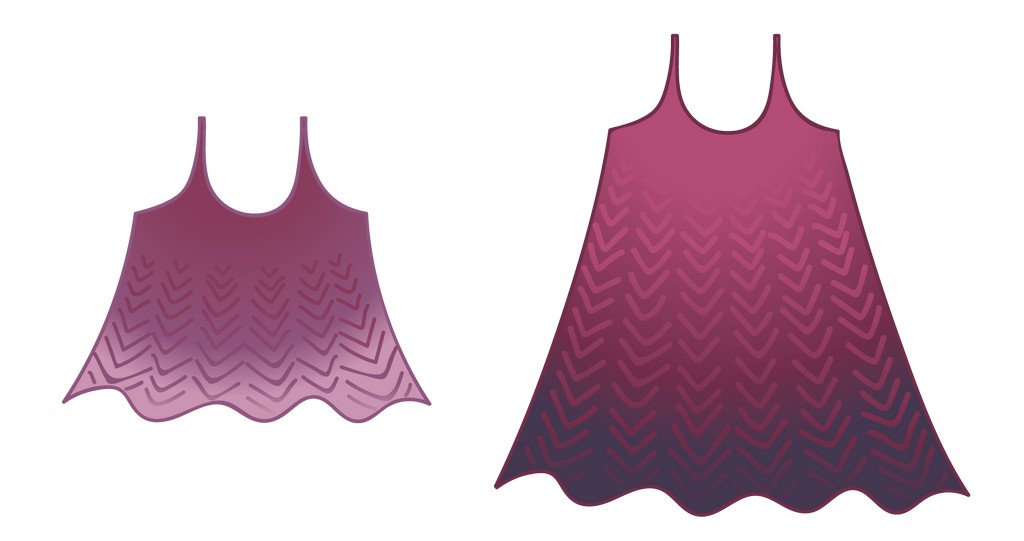
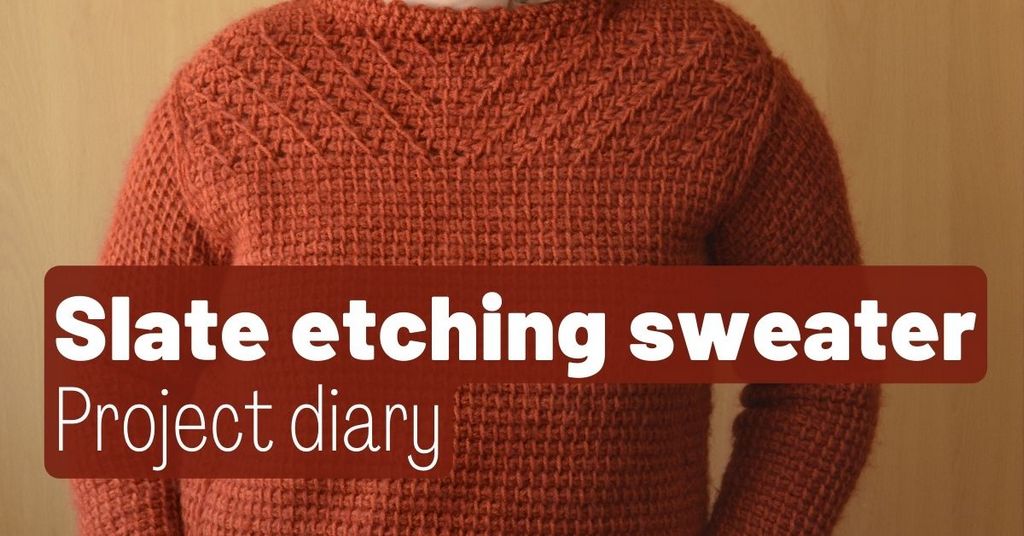

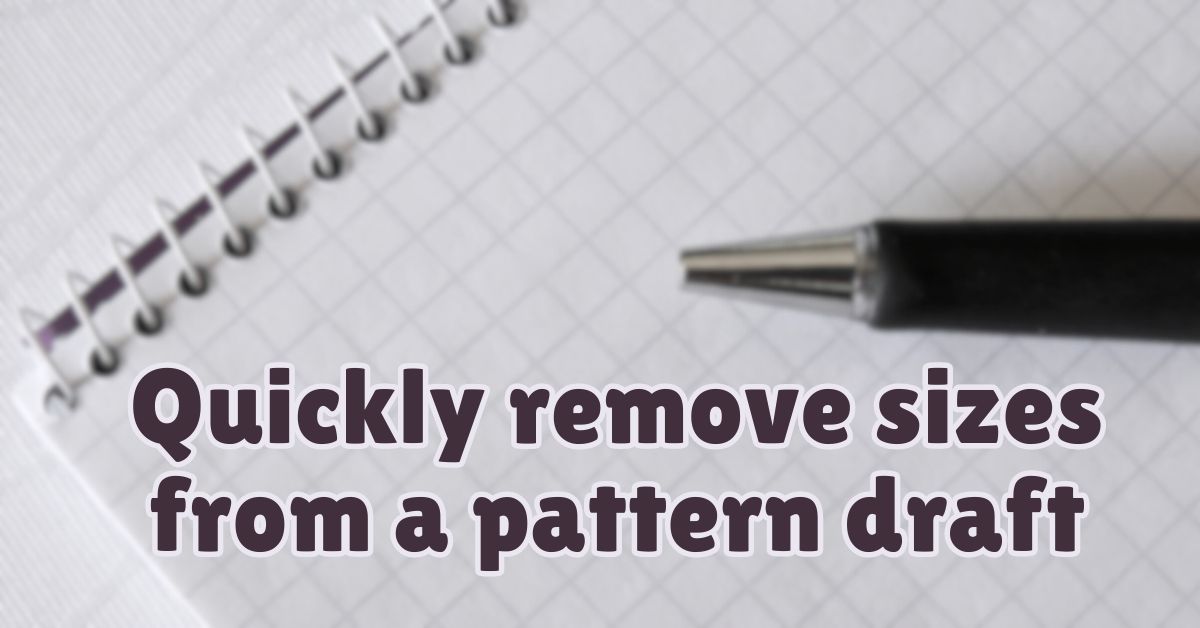
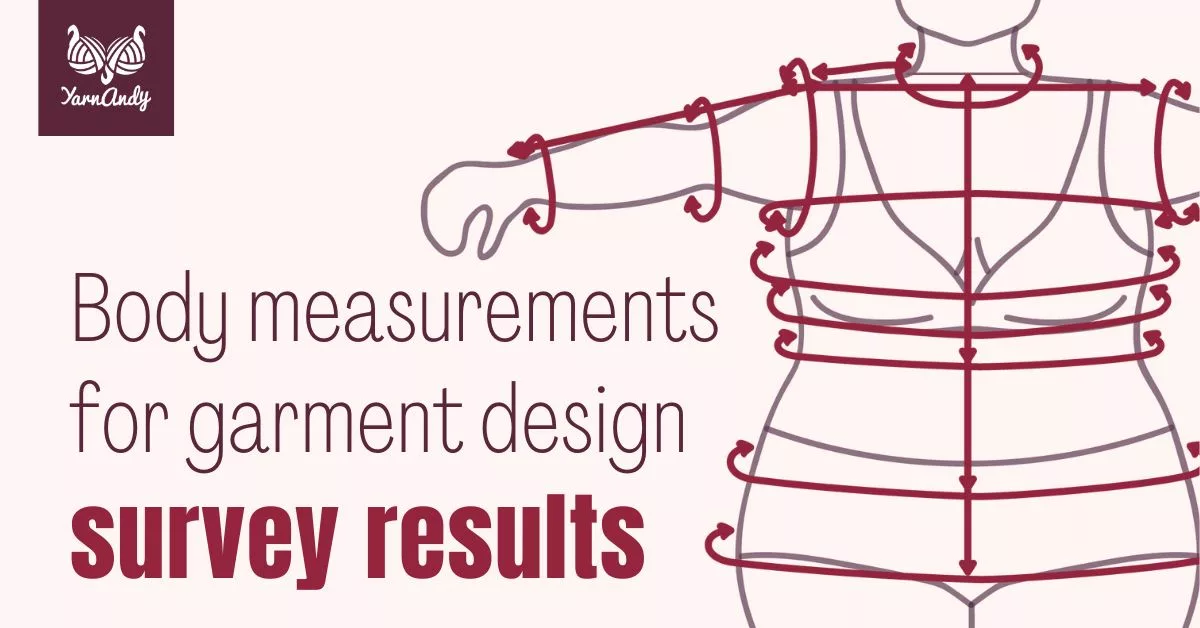
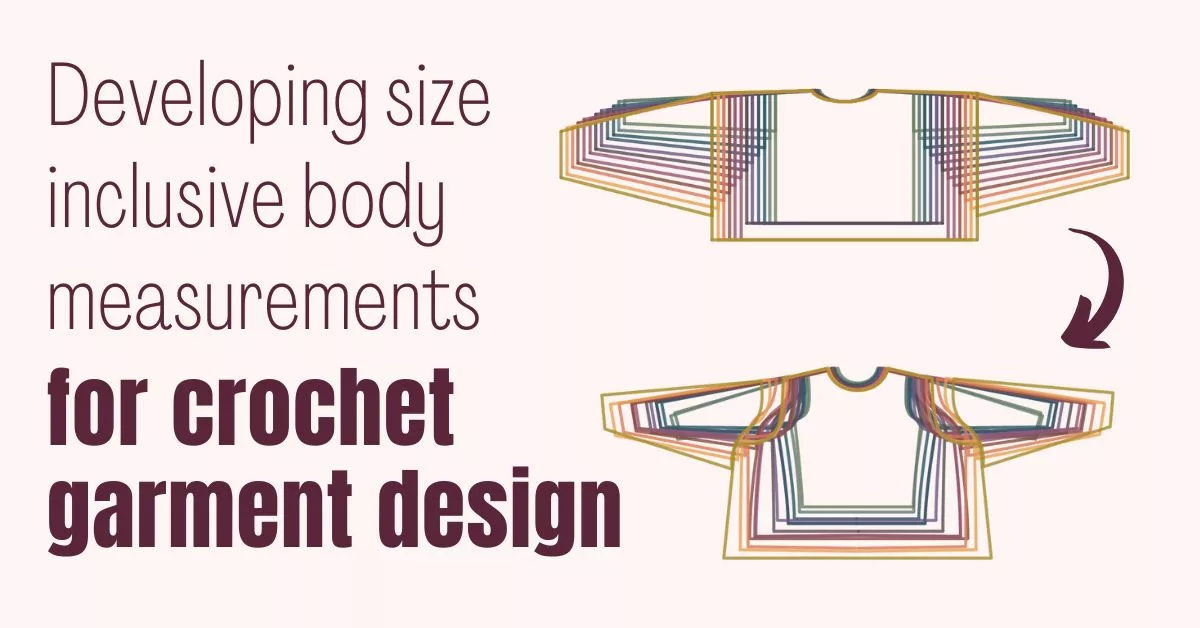
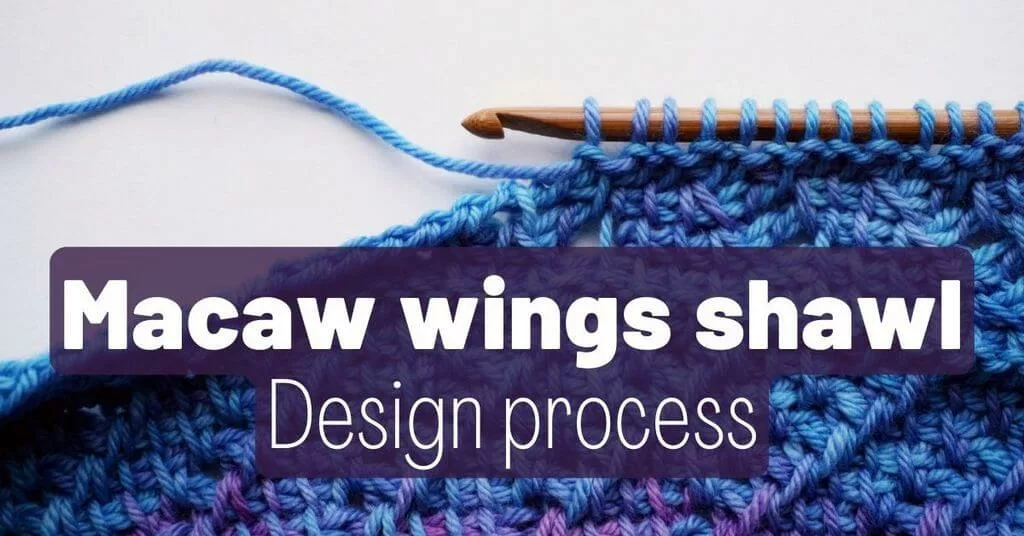


Well written article, it is clear and easy to follow. Thank you for sharing I love to crochet but have been struggling with difficult to follow patterns.
Thank you! Yes, unfortunately, we all have to start somewhere and there aren’t many resources out there for new designers to learn how to make patterns easy to follow. Even established designers might have no idea about text layout and such, it’s a skill that each must learn from whatever source they may find.
What you could do next time that you encounter a pattern that is difficult to follow is talking to the designer. I know I appreciate feedback and other designers that I know are always happy to improve their work.
Just please be kind and explain your difficulties in detail, be specific (the font is difficult to read because XYZ, there are inconsistencies in the wording, there is a typo on page X and row Y, the paragraphs are walls of text and could use some breaks), but don’t expect them to hold your hand all the way. These errors should be cleared by testing, but even testers and tech editors miss things. We are all human.